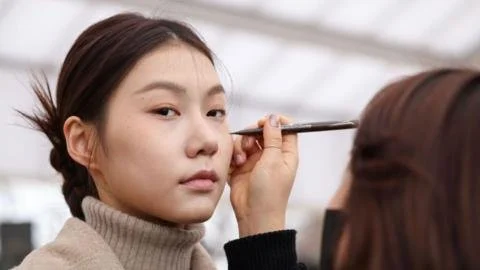Beauty at a Price: How Trump’s Tariffs Are Shaking Up the K-Beauty Craze
South Korea’s K-beauty industry, which has gained immense popularity for its high-quality skincare and cosmetics, faces a significant challenge due to tariffs imposed by former President Donald Trump. Recognized for its innovative ingredients such as snail mucin and heartleaf, K-beauty has enthralled American consumers, who spent approximately $1.7 billion on these products as of 2024, representing a remarkable 50% increase from the previous year.
With a 15% import tax newly enacted, many consumers have begun to prepare for potential price increases. For instance, US-based retailers like Santé Brand and Senti Senti reported a surge in orders as buyers rushed to stock up before prices rise. Experts predict that the market landscape will shift, particularly impacting smaller retailers who already operate on tight margins.
While major brands may withstand the tariff-induced price hikes due to better profit margins, smaller companies may struggle to maintain affordability. Eyal Victor Mamou, a business consultant, notes that anyone expecting prices to remain stable over the next two years is being naive. However, the cultural draw of K-beauty suggests that dedicated consumers will still seek these products, regardless of cost.
Despite the obstacles, analysts believe K-beauty will retain its appeal in the U.S. market. Pearl Mak, a devoted K-beauty user, expressed reluctance to switch to American products due to their perceived lack of effectiveness, showcasing the enduring loyalty K-beauty brands have cultivated. Overall, while higher prices may deter casual buyers, loyal customers are likely to continue purchasing their favorite items, even at increased costs.
As geopolitical dynamics evolve, including a similar tariff structure for Japanese and European Union exports, the K-beauty industry must navigate this new landscape while maintaining its devoted consumer base.

